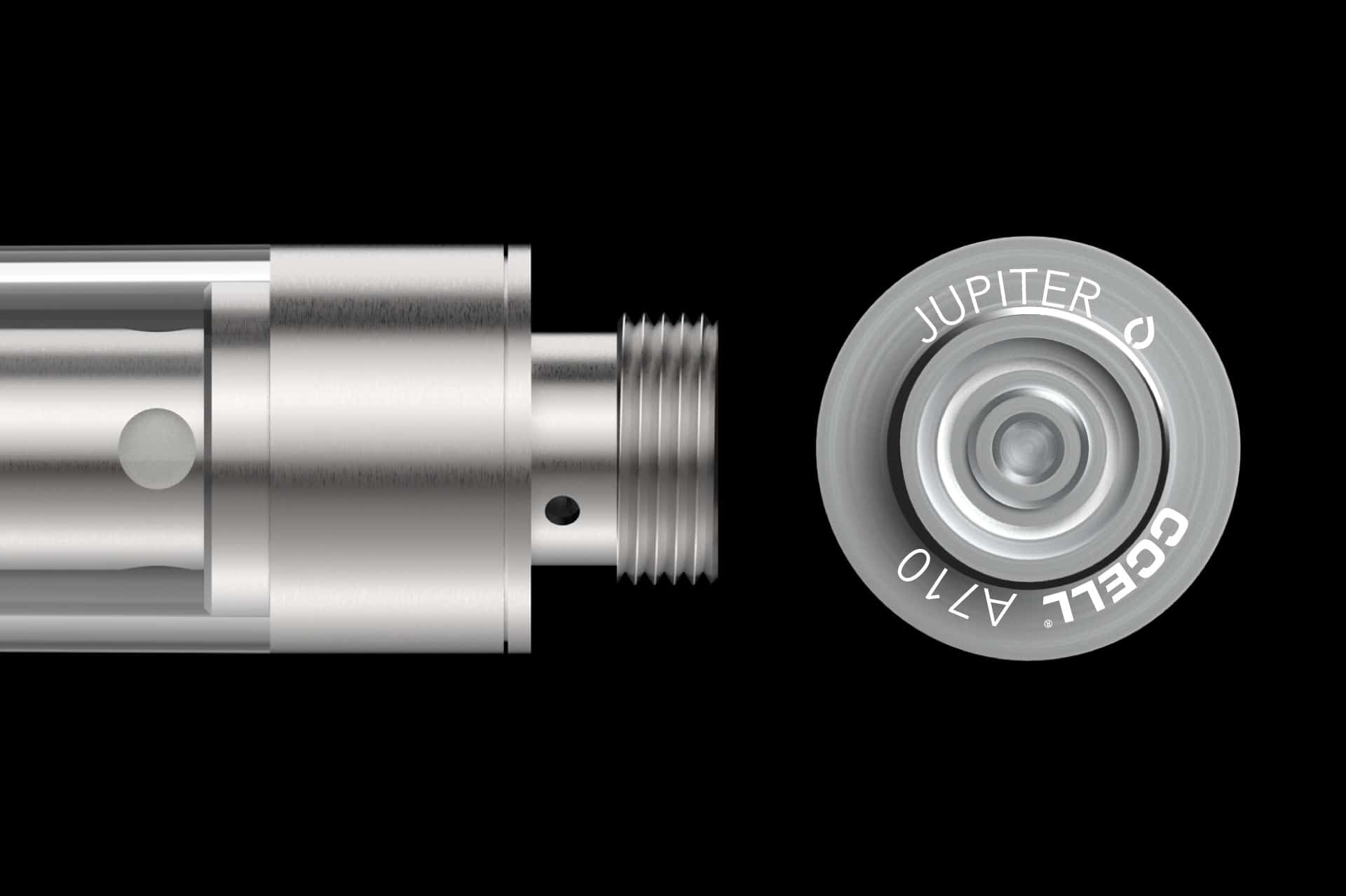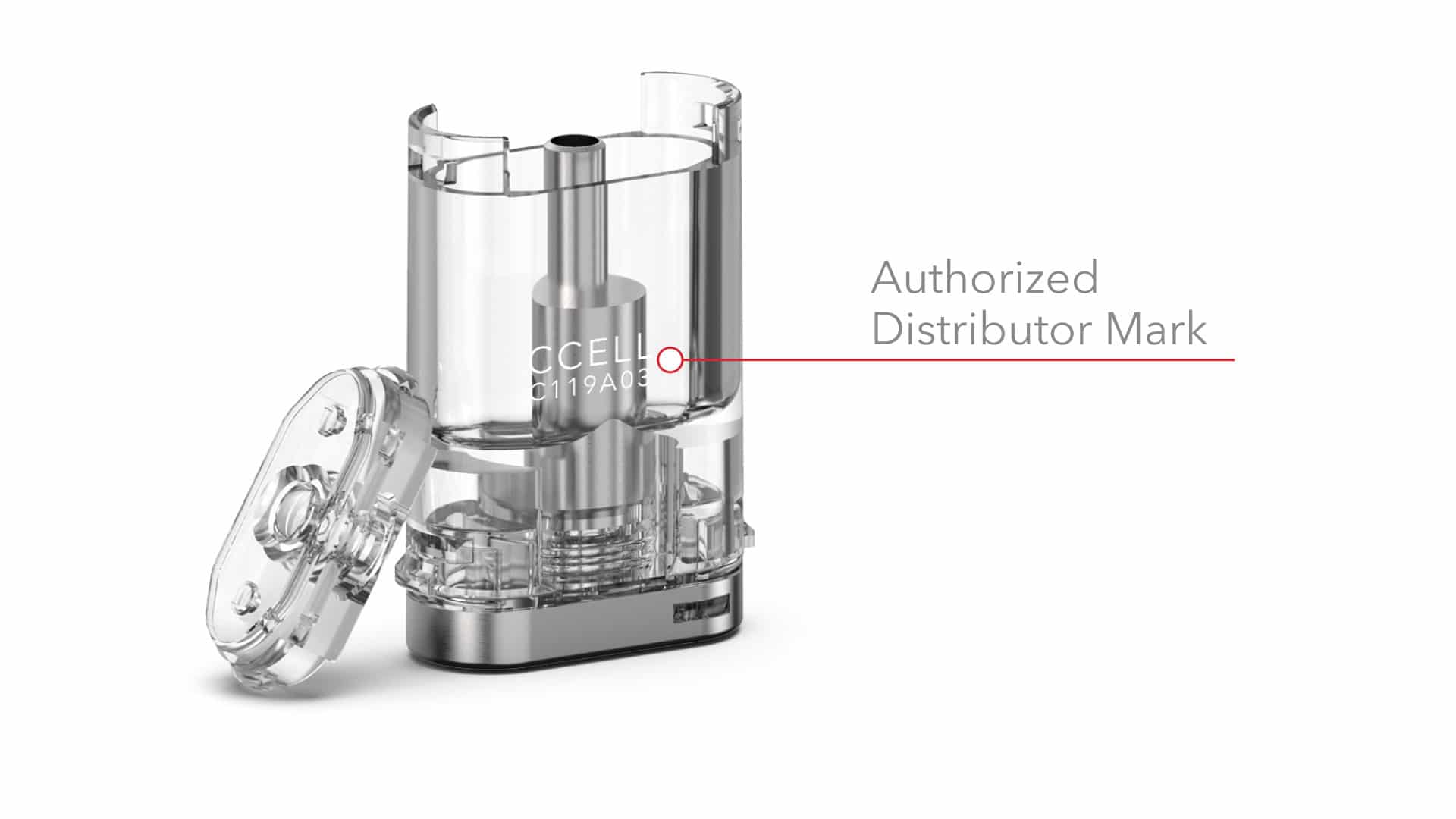Is Your CCELL® Real or Fake?
The vaporizer knockoff market, sad to say, is alive and well. You can buy products that claim to be made with top-of-the-line CCELL® technology, but they’re sometimes not. A cheaper knockoff won’t give consumers the same vaporizing experience, and it could also come with safety issues. Plus, if you buy a real CCELL® from a company such as Jupiter Research, you can track the product you purchased if you ever need accountability. With a knockoff, you’ll never know who made it. Get out your magnifying glass to give your new cartridge the once-over, just to make sure you’re getting what you think you paid for. Here are the places to examine on your cartridge, and what to look for.Mouthpiece
A real CCELL® plastic cartridge should have a tamper-resistant, compressed-on plastic mouthpiece. This means you won’t be able to remove the mouthpiece without damaging the cartridge. Glass cartridges come with a removable screw-off mouthpiece made of ceramic. If that top doesn’t come off, you have a fake on your hands. If you can remove the mouthpiece on a glass cartridge, you should be able to see a silicone ring on the bottom of the mouthpiece. If any of these key components are missing, be wary of the authenticity of your cartridge.Airway
For both glass and plastic cartridges, look for a silicone ring at the top of the airway to show it’s a valid CCELL®. The ring should be visible when the cartridge is upside down.Cartridge
A real CCELL® glass cartridge has a metal collar around the circumference of the bottom of the cartridge. Plastic cartridges have a second collar along the top as well. Not there? It’s likely a fake. Some cartridges have the word “CCELL” engraved on this bottom collar, but not all. You should see another silicone ring near the bottom of the glass part of the cartridge. A double ring is a red flag — that’s a fake. There should also be four inlet holes around the base of the airway inside the cartridge. More or less can indicate your cartridge is not legitimate.510 Thread
CCELL® cartridges have a 510 thread that goes into the battery. At the bottom of this part of the cartridge, you should see two secondary inlet holes. Fakes rarely have these. The inlet holes on your cartridge should add up to six in total. The inside of the 510 thread should also have another clear, silicone ring. Fake ones may have a white ring.
Underneath
Flip your cartridge over and look at the very bottom of it. A real CCELL® will have the distributor’s name engraved into the metal bottom — look for “Jupiter” if yours is from Jupiter Research. In the past, the word “CCELL” was engraved on the bottom of every cartridge. Starting late 2019, the CCELL® logo with a registered trademark symbol is now the standard engraving. These should not be on a sticker, in extra-large or unusual font, or with a yellow tint. The next component to look for is an engraved letter followed by some numbers: that’s the lot number for the manufacturing batch. This is a useful number to note if you ever wanted to contact Jupiter and have a product’s lot looked up or tracked. If there were ever a problem with a legitimate vaporizer, you can use this number to report it back to the manufacturer.Pods
The word “CCELL” and a lot number beginning with A, C, L, M, or CA are printed on the reservoir housing of CCELL® Pods. This printing may not be visible once the pod is assembled due to the tamper-resistant mouthpiece. The magnetic base should have no engravings. The best way to ensure you have a real CCELL® on your hands is to buy it from a compliant, licensed retailer. Keep an old cartridge on hand for comparisons. And if you are at all concerned that you’ve picked up a fake, call Jupiter Research, with lot number in hand, and we’ll help you make sure you’re safe.
The best way to ensure you have a real CCELL® on your hands is to buy it from a compliant, licensed retailer. Keep an old cartridge on hand for comparisons. And if you are at all concerned that you’ve picked up a fake, call Jupiter Research, with lot number in hand, and we’ll help you make sure you’re safe.
Tagged authentication, products, quality assurance